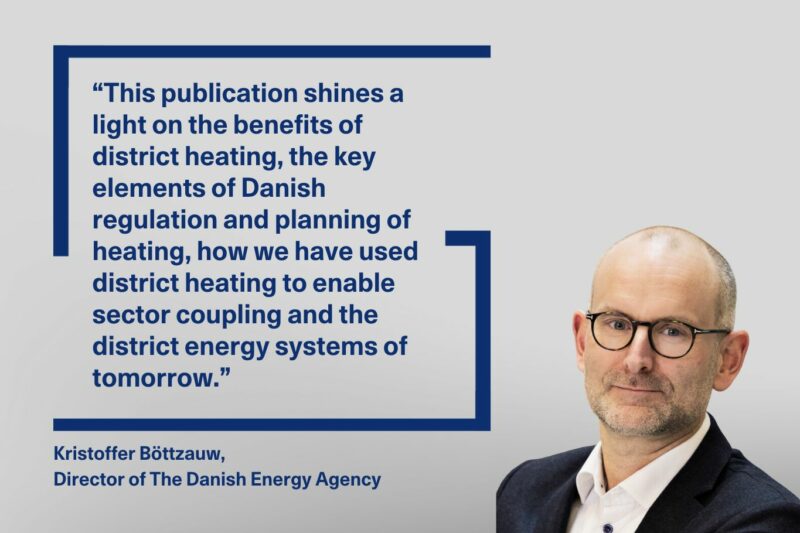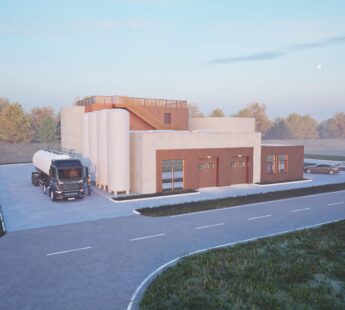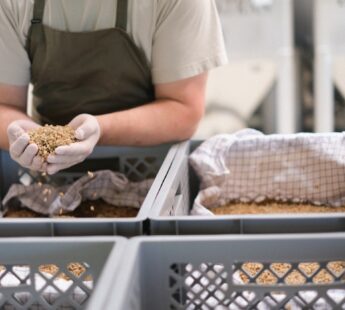News
Biogas
Biomass
District energy
+2
The Danish Gas Grid Could be Filled with Green Gas in 2035


The interest-based community Green Gas Denmark, published a memorandum on the 14th of November showing that by 2035, 100% of the gas in the gas grid could be green:
-Green gas is the gas of the future. Our calculations show that it is possible for Denmark to become the first country in Europe to become independent of natural gas. A complete green transition of the gas grid is a real possiblity. It means that the EUR 7.4 billion invested by our society in the gas grid could have an important role in the green energy system of the future, says Carsten Jensen, managing director of Danish Gas Distribution.
Since 2014, when the first green gas entered the gas grid, it has reduced Denmark’s CO2 emissions by 675,000 tonnes. That is the equivalent of the annual emission from more than 300,000 cars. Next year alone, green gas will help reduce Denmark’s CO2 emissions by 800,000 tonnes. A green and decentralised production of gas is currently being established; from 2014 to 2017, 21 biogas upgrading plants were connected to the gas grid, of which one was connected directly to the transmission grid.
-We have produced more green gas over the last 3 years than in the previous 30 years combined. That means that the share of green gas in the gas grid is rising, and next year we expect that 11% of the gas will be green. As such, we are already the country in Europe with the highest share of green gas in our gas grid, continues Carsten Jensen, Danish Gas Distribution.
Technology development will drive efficiency improvement
The development of green gas for the gas grid began with the energy agreement from 2012, that was supported by a large political majority.
-Since then, we have witnessed an industrialisation of the sector. Many of the facilities that are built today are 25-50 times bigger than the biogas facilities that we have traditionally had in Denmark, and the new facilities are able to transform more biomass to gas. All the facilties together contribute to the impressive growth in the production of green gas, says Ole Hvelplund, managing director of Nature Energy.
The green transition of the gas grid follows the same recipe as the green transition of the electricity grid, and with only five years under its belt, the transition is still in its infancy. However, the producers of green gas are expecting the costs of green gas to fall in the future:
-There has never been spent as much resources on developing the production of green gas as there is today. We are witnessing a growing professionalisation among producers and an increasing production among both large and small facilities. New organic by-products are being used in large-scale productions, and the producers anticipate advances in technology over the coming years. However, it is still too early to say how much we will be able to reduce costs by, says Ole Hvelplund, managing director in Nature Energy.
Facts
-The calculations are based on assessments for potential that were produced by Aarhus University and compared to projections for gas consumption in Denmark. The calculations show that, with the right framework conditions, there is potential for green gas (methane) to cover Denmark’s expected gas consumption of 72 PJ in 2035.
-The potential of 72 PJ is based on a continued rise in use of manure and waste, an efficiency improvement of biogas production and a 50% utilisation of straw ressources. Aarhus University points out that a utilisation of the gas grid’s potentials for electricity storage through methanisation could boost the potential to 100 PJ.
-Source: Grøn Gas Danmark
You should consider reading
Perspective
Sector coupling
+9
New white paper: Unlocking the potential of renewable energy through sector coupling
23 October 2024solutions
Combined heat and power production
+6















